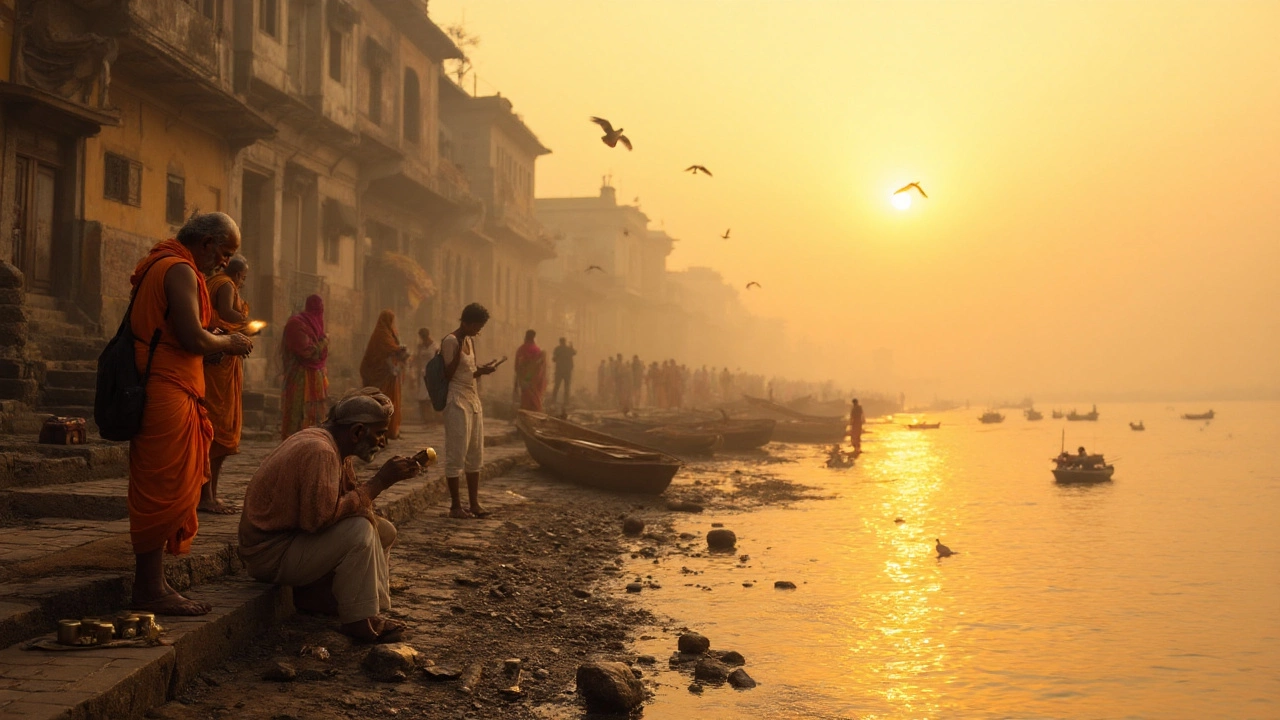
Short, evidence-backed answer: Varanasi and Ujjain lead as India’s two oldest continuously inhabited cities, with dates, proofs, contenders, and smart travel tips.
When exploring ancient Indian cities, settlements that flourished before the medieval era, boasting temples, forts and vibrant marketplaces. Also known as historical Indian towns, they form the backbone of India's cultural narrative. These urban centers anchor countless heritage sites, shape regional identities and attract travelers seeking authentic experiences.
Heritage sites, protected monuments, archaeological zones and UNESCO World Heritage locations are the living proof of a city's past glory. They enable cultural tourism, a sector that fuels local economies and preserves traditions. Cultural tourism, travel focused on art, architecture, festivals and lifestyle intersects with safety guidelines, especially in diverse Indian states like Rajasthan, Tamil Nadu and Uttar Pradesh, each offering a distinct blend of ancient urban fabric and modern amenities. Our data shows that travelers who prioritize safety while visiting heritage sites enjoy richer, less stressful journeys.
Understanding the link between travel safety, health advisories, local security measures and emergency services and ancient city exploration is crucial. Whether you’re wandering the marble corridors of Hampi, tracing river trade routes in Varanasi, or admiring the stone carvings of Mahabalipuram, a solid safety plan lets you focus on the awe‑inspiring architecture and the stories etched in every wall. Below, you’ll find a curated collection of articles that dive deeper into heritage counts, state‑wise highlights, cost considerations, and practical tips to make your adventure through ancient Indian cities both unforgettable and secure.

Short, evidence-backed answer: Varanasi and Ujjain lead as India’s two oldest continuously inhabited cities, with dates, proofs, contenders, and smart travel tips.